Scroll down the page to read the summary table on barley
- Cereal highly appreciated by the world population → a good part of the entire global diet depends on barley
- In Italy: 360,000 hectares of barley area (1.4 million tons / year)
- Important therapeutic activities
Beginning of barley cultivation: 10th-7th century BC.
Uses: livestock feed, malt production, beer, whiskey, malt flour and coffee substitute
- Type: Hordeum
- Family: Poaceae
- Species: Hordeum vulgare, Hordeum disticum
- Important varieties: tetrasticum and exasticu
- Description of the plant: herbaceous annual plant, capable of reaching even 120 centimeters in height
- Leaves: lanceolate and alternate, consisting of a lamina and long auricles
- Bottom page: smooth
- Upper page: rich in grooves
- Flowers: hermaphrodite, composed of two hairy pistils and three stamens
- Glumella: adhered to the kernels
- Fruits: yellowish, white / red or black
- Naked karyoxides: used as a coffee substitute
- Malt: kernels of barley after germination
- Processing: Kernels germination → the kernels are placed in water containers (maceration) → water absorption → drying → humidity drop from 50% to 8%
- Chemical reaction: germination and formation of hydrolytic enzymes → starch transformed into sugars + proteins split into amino acids → highly digestible product
Soluble barley: coffee substitute (roasting + grinding)
Less demanding in terms of fertility
More competitive towards disease
Earlier → ripens up to two weeks earlier than wheat
Particularly short life cycle
It resists well in soils with a high percentage of salinity
It grows easier than wheat even in a drought and dry climate
Carbohydrates: 70%
Water: 10-12%
Proteins: 10.3%
Ffibre: 8-9%
Lipids: 1.4%
Mineral salts: phosphorus, potassium, magnesium, iron, calcium, silicon and zinc → remineralizing properties
vitamins: E, B1, B2, B3
- Barley karyoxides: proteins, starches, vitamins, dextrins, Prolamines → edestin and hordein
- Leaves and shoots → ordenina, gramina (alkaloid)
- Leaves → tricine and lutonarine (flavonoids) and hemicellulose
- Betaglucan
- Mucilage
- Anti-inflammatory, emollient of the gastrointestinal and urinary tract
- Relax the intestinal walls
- Useful for relieving pancreatic and biliary disorders
- Beneficial action for intestinal mucosal infections
- Intestinal function regulator → fibers (laxative-stimulating properties)
- Barley gargling → useful for counteracting inflammation of the oral cavity
- Promotes digestion in children, the elderly and dyspeptics (digestive properties)
- Remineralizing
- Stimulates the intellectual abilities + remineralizing of the bones (phosphorus)
- Blanda sedative activity (silicon)
- Galactogenic properties
- Ideally, barley inhibits the synthesis of bad cholesterol by the liver (cholesterol-lowering properties)
Other articles on "Barley in brief, Summary on" barley and its properties "
- Barley: properties of barley
- Barley

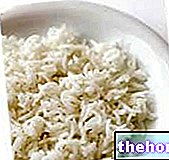

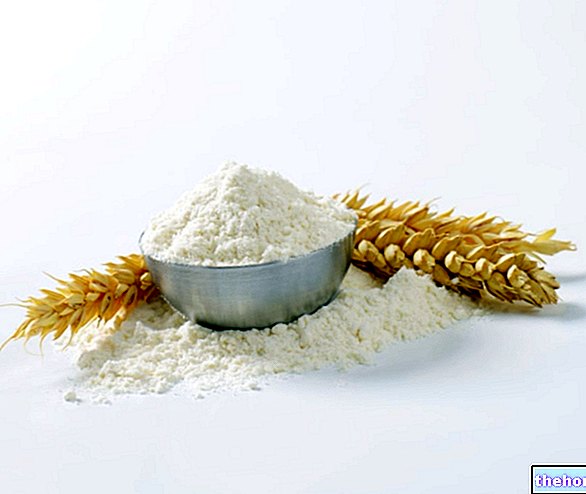
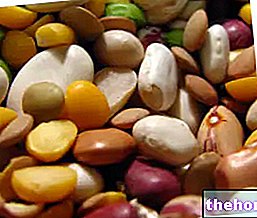
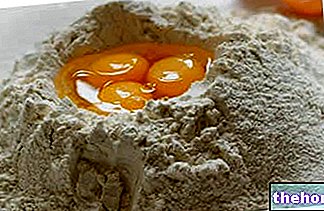
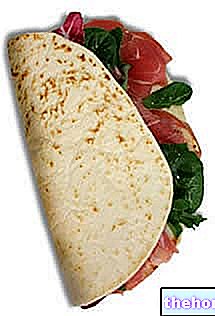









.jpg)











